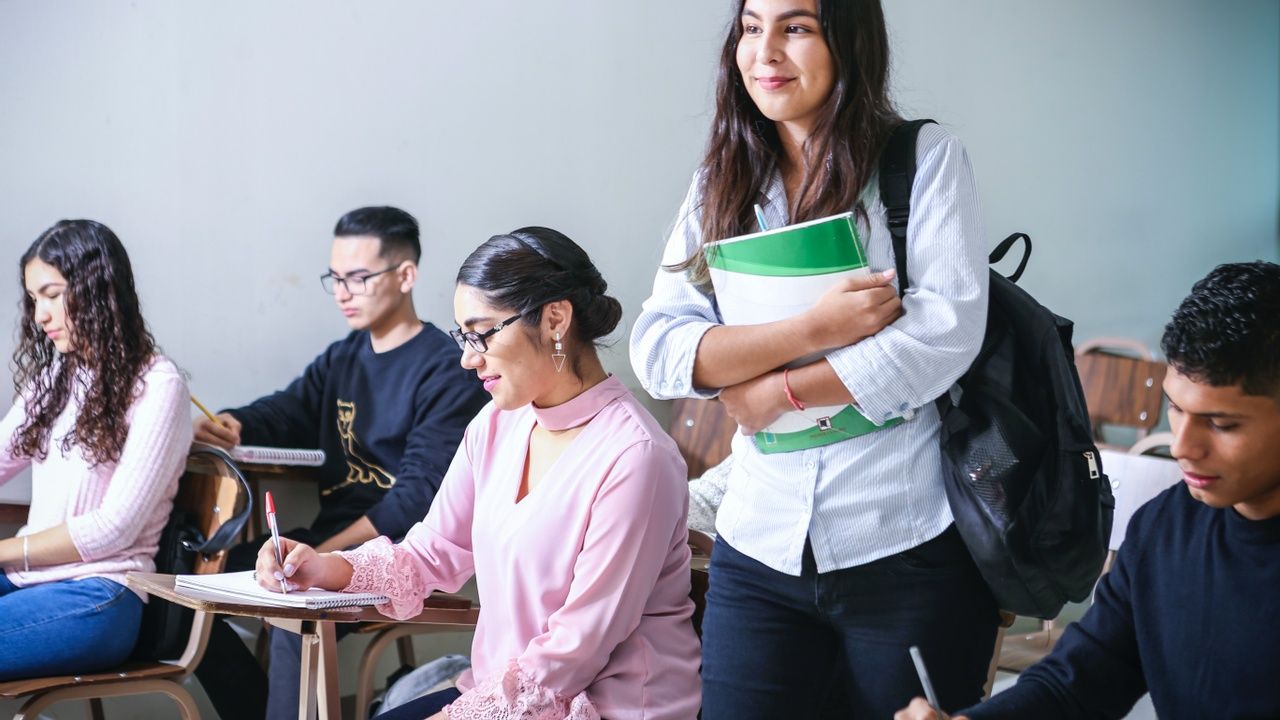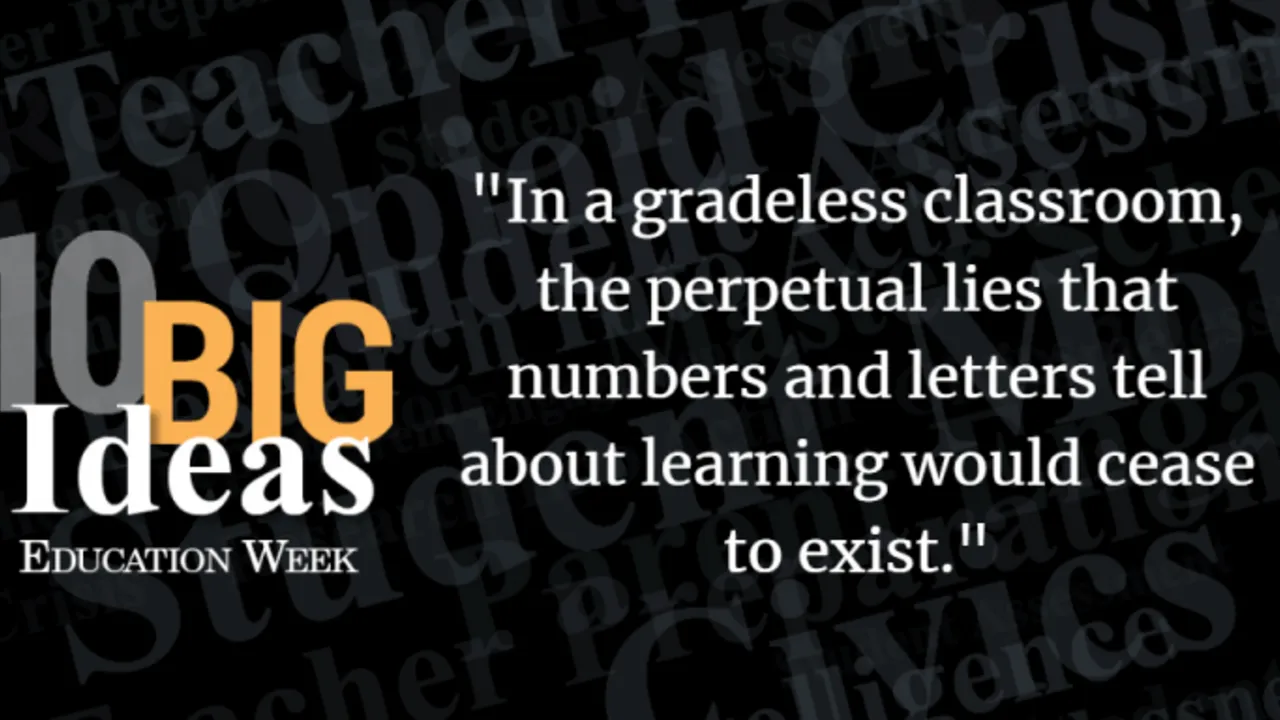Embracing Every Voice: Culturally Sustaining Practices for a Thriving Classroom
Oct 01, 2025
In an increasingly interconnected world, our classrooms are vibrant mosaics of cultures, languages, and experiences. Yet, for many culturally and linguistically diverse (CLD) students, the traditional educational landscape can feel like a muted, one-dimensional space where their identities are marginalized. This lack of representation and inclusion isn't just an emotional hardship; it’s a significant academic barrier, actively hindering their potential for success.
As educators, we hold the key to transforming this narrative. By deliberately integrating culturally sustaining practices (CSP), we don't just accommodate diversity; we actively cultivate it as a powerful resource. These practices are far more than a checklist of inclusive activities; they represent a fundamental shift in mindset—a recognition that the rich tapestry of our students' lives, languages, and cultures is not a challenge to overcome but a wellspring of knowledge from which all students can benefit.
When we embrace CSP, we help every student, regardless of background, gain a profound understanding of our global community and confidently situate themselves within it.
Shifting the Lens: Viewing Culture and Language as Assets
The first and most critical step in this journey is to actively view students’ languages and cultures as a learning resource, not a deficit.
From Problem to Power
Traditional schooling has often employed a subtractive model, implicitly or explicitly demanding that students leave their cultural and linguistic selves at the classroom door in pursuit of assimilation. A culturally sustaining model flips this entirely. It operates from the belief that a student's home language (whether it's Spanish, Mandarin, American Sign Language, or a specific regional dialect) and their cultural knowledge base (such as storytelling traditions, historical perspectives, or community practices) are intellectual and social assets.
Imagine a classroom discussing architecture. Instead of focusing solely on European styles, a teacher asks a student whose family recently emigrated from India to share images and insights on the construction and cultural significance of local temples or intricate havelis. That student is instantly elevated from a passive learner to a cultural expert.
This act validates their identity, makes the learning personally relevant, and, most importantly, provides an authentic, globally relevant lesson for every other student in the room. By strategically incorporating these resources, we enrich the curriculum for all, demonstrating that knowledge extends far beyond the textbook.
Deconstructing the Status Quo: Rethinking Assessment and Instruction
Culturally sustaining teaching requires a courageous look at the very tools we use to measure learning and the materials we use to teach.
Expanding the Definition of "Proficiency"
A key area ripe for transformation is assessment. We must shift away from only using Standard English assessments. Standardized tests and many traditional assignments inherently privilege students whose home language aligns with the dominant academic language. This often masks true content knowledge, penalizing students for linguistic differences rather than conceptual misunderstandings.
To counter this, explore multimodal and multilingual assessment options. Can a student demonstrate their understanding of a science concept through a narrated video in their home language? Can they use visual aids, graphic organizers, or even a dramatic presentation instead of a five-paragraph essay? When we offer varied pathways to demonstrate knowledge, we get a truer, more equitable measure of student learning.
Furthermore, acknowledging that students may be operating in a process known as translanguaging—using multiple languages seamlessly to make meaning—is essential. We should encourage this fluid communication as an intellectual strength.
Curating a Mirror and a Window
The materials we use are silent but powerful conveyors of who belongs and whose stories matter. Educators need to deliberately integrate culturally relevant and sustaining materials.
The goal here is two-fold:
-
A Mirror: Students must see themselves, their families, and their communities reflected authentically in the books, historical narratives, and examples used in class. This validates their existence and shows them that their experiences are worthy of academic study.
-
A Window: All students need windows into the experiences of others, fostering empathy, challenging stereotypes, and cultivating a true global perspective.
Move beyond superficial "celebrations" of culture. Instead, seek out literature written by authors from diverse backgrounds, integrate primary sources that offer non-dominant perspectives on historical events, and ensure that scientific and mathematical examples relate to global contexts and diverse community needs.
This practice naturally embeds the lesson that diverse knowledge systems are essential to solving the world’s complex problems.
The Power of Personal Connection: Making Learning Meaningful
Learning is sticky when it's personal. The most effective culturally sustaining classrooms actively connect learning to students' lived experiences.
From Abstract to Authentic
When a concept is abstract, it can be easily dismissed. When it is directly tied to a student’s life, it becomes relevant, motivating, and unforgettable.
-
In mathematics, instead of only using generic word problems, connect algebra to calculating the budget for a local community event or use geometry to study the architecture of local, culturally significant buildings.
-
In history, when studying immigration, ask students to interview family members about their migration journeys and use those narratives alongside textbook accounts.
-
In ELA, use students' own experiences—their community activism, family stories, or linguistic shifts—as the basis for creative writing or rhetorical analysis.
This integration makes the curriculum an active conversation with the students' lives, not just an external body of facts to be memorized. This is where authentic engagement is born.
Building a Culture of Trust: The Authentic Environment
The foundation of all culturally sustaining work is the classroom environment itself. It must be a place where vulnerability is safe and honesty is rewarded—a place designed to create an honest, authentic learning environment.
Trust and Vulnerability
This requires building genuine, reciprocal relationships with students and their families. It means moving beyond mere politeness to a relationship of mutual respect where teachers are open to learning from their students about their cultures, communities, and experiences.
-
Acknowledge Complexity: Be honest about historical injustices and systemic inequalities. Culturally sustaining practice does not gloss over difficult truths; it uses the curriculum to analyze them critically and discuss their current impact.
-
Encourage Criticality: Foster a space where students feel safe to challenge ideas, ask difficult questions, and voice dissenting opinions rooted in their cultural or community knowledge.
-
Practice Self-Reflection: Regularly question your own biases, assumptions, and pedagogical choices. Ask: Whose voice is dominating this lesson? Whose experience is being normalized?
When students feel that their whole selves—including their language, culture, and lived realities—are not only accepted but are essential components of the learning process, they are empowered to take risks, ask for help, and achieve academic success.
This is how we move from a classroom that merely tolerates diversity to one that actively sustains and celebrates the beautiful, complex reality of our global community. By embracing these subtle yet profound shifts, we don't just teach content; we teach belonging.





